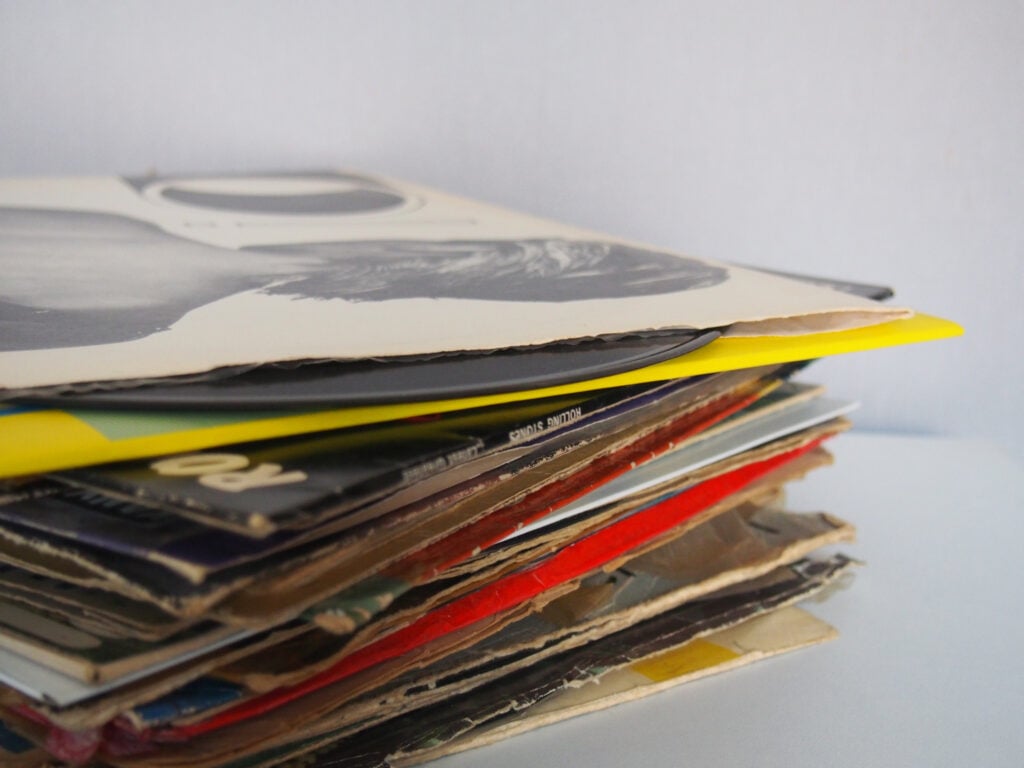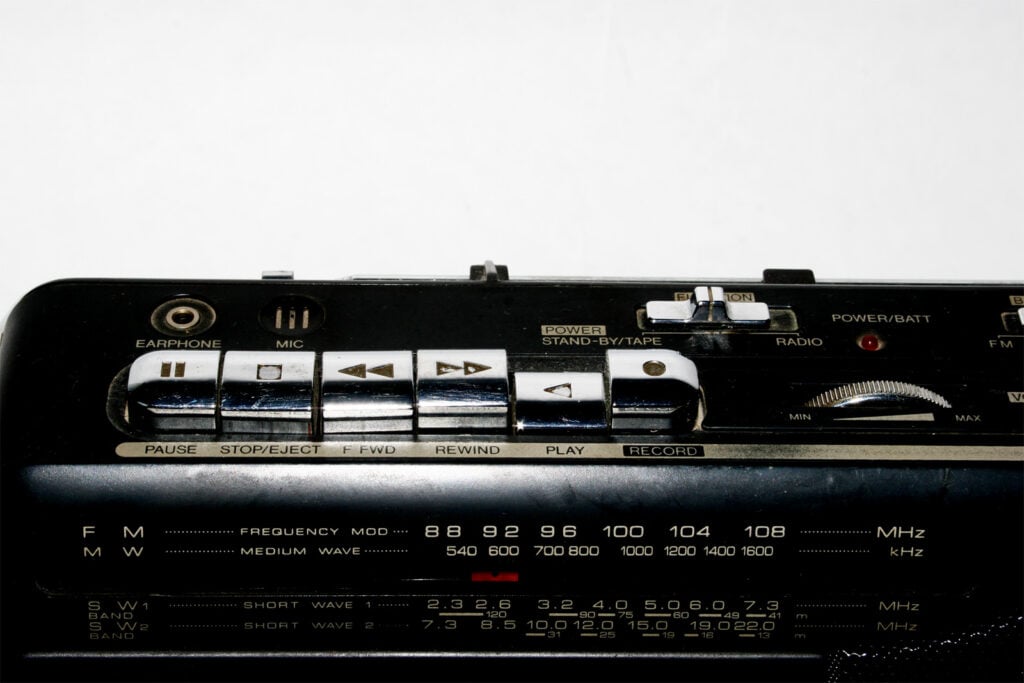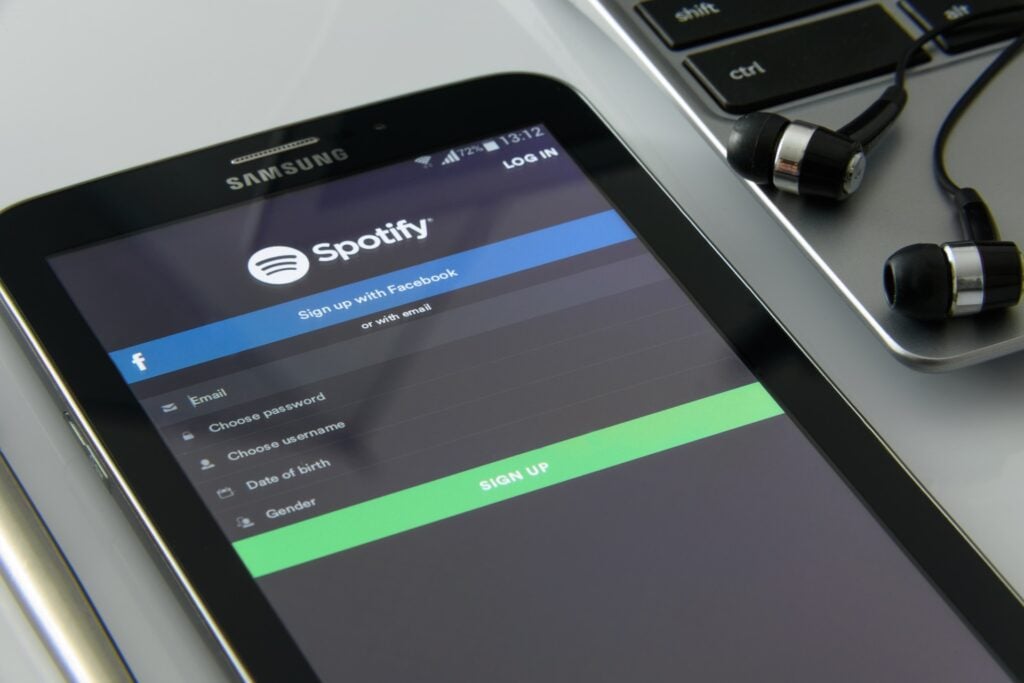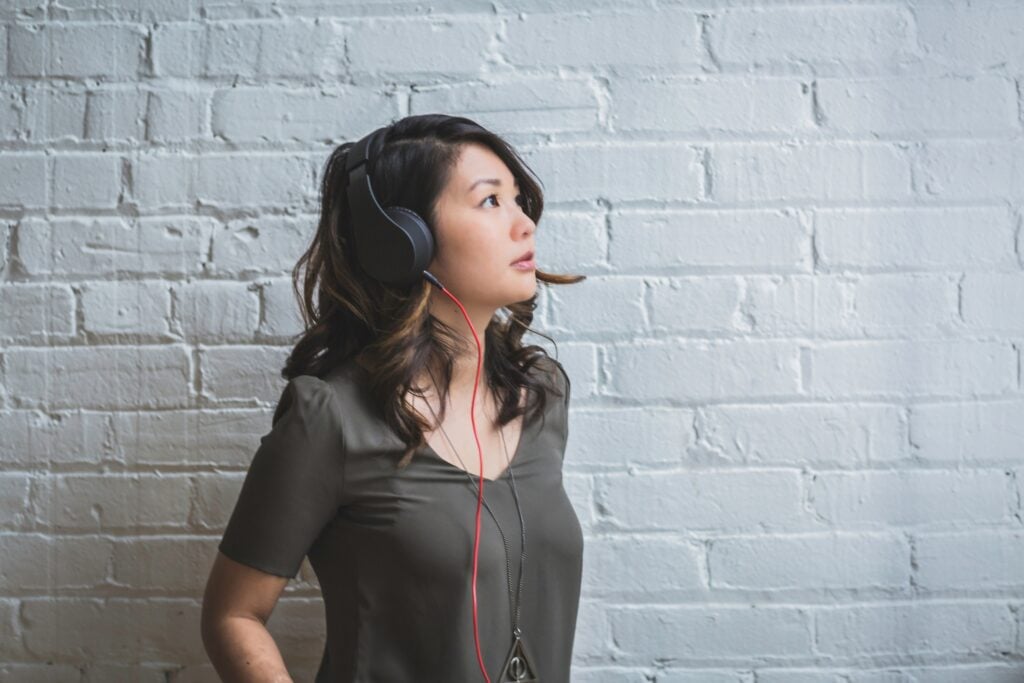If you’ve been following this website for quite some time now, then you’ve already encountered the word “audiophile” as it has been used in many posts. Now, you may want to know what it means to be an audiophile or how to become one. Or perhaps, you’re already one without even realizing it.
However, if this is all new to you, then let this post be your guide to becoming an audiophile. Let’s get to it!
Square One
No one is born an audiophile. Before you thank Captain Obvious, let’s take a moment to define this term. Although there’s no set definition, this term refers to someone who’s enthusiastic about high-fidelity sound reproduction.
It starts with the usual symptoms like a love for music and an interest in audio technology. Then it worsens considerably and as they climb the seemingly unreachable apex of auditory enjoyment, these people will stop at nothing to transcend audio nirvana.
Welcome to the world of audiophiles, where ears are golden and sound quality is king.

I Think; Therefore I Am
A person gets into the hobby in one of several ways.
Growing up, I didn’t really care about audio. Our house was filled with all sorts of gear and gadgets which included vintage cassette players, vintage monitor speakers, vintage amplifiers, a triple 24-inch subwoofer, guitar amplifiers, and a large studio mixer.
My grandpa was a very keen guy when it came to classic audio gear back in the day. During his stay in Hong Kong, which was more than a decade, he’d brought home enough firepower to blow our whole neighborhood’s ears off – without exaggeration.
It’s kind of a shame how I didn’t realize that our old house was actually an audiophile treasure trove. Luckily, everything from 40 years ago still lives until today. Heck, I’ve been using a pair of bookshelf speakers from Acoustic Research that’s decades older than me.
You can argue that I’ve been somewhat exposed to the hobby early on but as I’ve said – I wasn’t even interested back then. Having some background helps but it isn’t essential. The first step in the journey is curiosity. The second, perhaps, is wanting more. Everything falls into place after.
Formats Old but Gold
The 1940s was a golden time. Not that it’s a lived experience but existing in the times of old vinyl is something dear to the heart. Memories of crackling warmth tell of a time when everything was analog. Two decades later, cassettes entered the scene, denting the popularity of vinyl.
I remember the first time I inserted an old tape into a cassette player. There’s just something about it that was so satisfying. Again, it was the charm of an analog format.
Another two decades have passed and here we have the CD. This is where everyone can relate. Everyone’s seen a CD or two in their life. Unlike cassette tapes though, a CD not only plays audio but also video. CDs are still widely today used but the same can be said for the preceding two formats.
However, it may be harder to get your hands on cassettes than vinyl. Retro is quite a vogue in these modern times and somehow vinyl is still highly sought out. Do I think these formats are a dying breed? No, hardly.
Of course, there’s no denying that streaming has taken the market by storm and will probably remain most people’s preference when it comes to playing music. No fuss. No equipment. Makes sense right?

The Evolution of Music Portability
Portable cassette players were killer and so were portable CD players. Although they were a bit bulkier to carry, they’re still better than full-sized CD players. I still have one from JVC, which is the XL-P81 portable, and having a 3.5mm out makes it sweeter.
Of course, the Walkman era was a solid cornerstone that popularized the MP3 player.
Further innovation as well as advanced technology has developed the humble Walkman into the monsters modern-day DAPs have become today. From file storage to streaming, DAPs have come a long way in terms of features.
The apparent antagonist though is the modern-day phone. Almost anyone can stream music on a smartphone these days and although they look like the next in line chronologically, there isn’t anything about phones that innovate for sound quality.
Mass production and cost-cutting almost always end up giving you mediocre sound chips inside your device, not to mention Android software compression. Generally speaking, convenience doesn’t at all equate to high fidelity, but I digress.
The point is that music portability has evolved so much through the years. Music has become more accessible for everyone.
Digital Magic
You can now listen to something like Barney rapping on a sick beat and that’s with just a few taps and some typing. Digital creators have mainly adopted releasing songs through listening platforms, which gives you Eminem from a second to Vivaldi in a hot minute.
Spotify comes to mind instantly, doesn’t it? There are actually better platforms than Spotify because, really, you’re only streaming MP3 at 160 kbps at the minimum. Take note that the CD bitrate is 1,411 kbps. It isn’t too bad by any means but remember that MP3 is a lossy format and that 320 kbps is the most optimal bitrate if ever.
In platforms like Tidal or Qobuz though, you can stream or download CD quality files in 24-bit or 16-bit as well as lossless formats like FLAC or ALAC.
Why Bitrate Matters: Mini Segment
Bitrate is closely related to compression. When you compress audio at a lower bit rate, you’re essentially reducing the information inside the audio, leading to a loss of quality. In simpler terms, big bitrate is good and compression is bad.

In FLAC though, this doesn’t hold entirely true as lower bitrates don’t mean bad quality. FLAC achieves compression by removing redundant information while preserving the original audio quality. This results in variable bitrates, with simpler and shorter audio passages having lower bitrates and more complex or longer passages having higher bitrates.
For instance, an R&B song with repeating lyrics like Magnolia by Keshi might have 900 kbps while an orchestral score like Time by Hans Zimmer might have 1000 kbps or more.
Why Lossless Rules
Lossy file formats are compressed and as I’ve said previously, compression is bad. It not only causes loss of information but also adds unwanted artifacts, presenting you with reduced dynamic range.
Lossless enables you to listen to the original quality of the recording, featuring good microdetails as well. Lossless is also preferable when it comes to mastering as you can edit audio without introducing any additional compression. You can also convert it to different formats and bitrates without losing quality.
But hey, MP3 gives you the benefit of lower storage costs. It also uses less data when streaming, so it isn’t so much of a villain. In any case though, high-fidelity audio is our priority with everything falling second.
The Gear to Hear
Why do my FLAC files sound the same as my MP3 files? Not factoring in Android OS compression, FLAC isn’t going to sound any different coming from your gaming headphones ported through your phone.
A good pair of open-back headphones and a DAC will unlock the true sound of your lossless files. For headphones, I’d recommend checking out some gear from Beyerdynamic, Sennheiser, Audeze, and Hifiman. There are loads of good headphones out there. Go forth and explore.
As for your DAC, you might prefer something with a built-in amp. Or you could go with a DAC and amp stack. I’d recommend checking out Topping, Schiit, JDS Labs, and iFi Audio.
Need something more budget-friendly? You could always go with an IEM and DAC dongle pairing.
Into the Rabbit Hole We Go
In actuality, the audiophile hobby is something of a unique ecosystem.
There are old-timers that are into speakers and monitors. There are SINAD freaks with their sources. There’s the headphone camp and the IEM camp, plus a group that likes both – may the heavens bless their wallets.
The hobby is diverse and varied and it excites me how we have new technology every year and innovations that constantly grace the market. And for some sectors, the value is getting better.
Personally, I belong to the headphone and IEM camp. I started out with just a pair of Sony 1000-XM3 headphones before I got into IEMs and open-backs.
The world is your oyster, pick an entry point and start from there.

The Good, The Bad, and The Ugly
1. The Good
The good thing is that you’re unlocking a new part of music listening. There isn’t a word that can describe the joy of hearing a splendid high-definition track with good gear. You start hearing new things in your tracks, and in turn, enjoying them more.
2. The Bad
I know the title of this article is ‘how to become an audiophile’ but I actually dislike being called an audiophile myself. Why? Several factors.
Golden ear egoism
Being an audiophile, you get sensitive to timbre and more perceptive of details among other things. You have “good ears”. Now, there isn’t a way to prove you’re an audiophile. Technically, all of it is self-proclaimed.
Don’t get me wrong, it isn’t wrong to call yourself an audiophile. The problem arises when someone starts being crass because of their self-appointed title. There’s a mentality that an audiophile has “golden ears”.
The hobby is subjective and if someone disagrees, that’s because of a difference in opinion and not because their ears are inferior.
As such, I just refer to myself as an audio enthusiast. I’m not too stringent about sound signature. I’m not a Harman purist who believes it’s the only accurate sound. I simply enjoy good audio based on my perception and standards. And that sounds more enjoyable than being authoritarian and egotistic about other people’s preferences.
Gear Snobs
Much like the first one, these types of audiophiles are something of the thorny kind. They’re absolutely adamant that X headphone sucks and that’s because their graph measures a specific way.
Again, a difference in opinion is common but that doesn’t mean that other people’s opinions are less valid. If someone enjoys a piece of equipment and they’re happy, then I just chalk it up to a difference in taste if it’s not my cup of tea.
3. The Ugly
Though it isn’t too much of a detriment to you as it is with your wallet, the truth is that you can be caught up with a consecutive cycle of upgrading. At some point, this would be unwise. This is known as “new toy syndrome” and, honestly, I’ve been guilty of this.
I realized that I’ve been doing side grades for the sake of just expanding my collection rather than actually chasing after better sound gains. Be mindful of this. Save when you can and splurge when you really want to.
Final Thoughts
I hope this post has been somewhat informative. The journey is fraught with knowledge and there’s always something to explore. Welcome aboard, voyager.
Gavin is a college student who has a lot going on. From collecting IEMs and modding mechanical keyboards, to different hobbies like digital drawing, music mastering and cooking. It is safe to say he is a complete multi-faceted geek (and he's kinda cool too)




